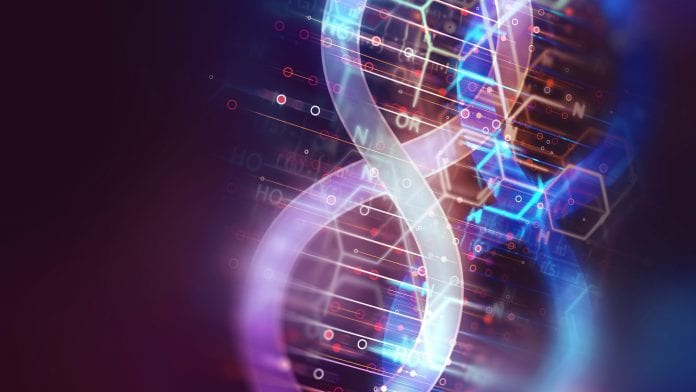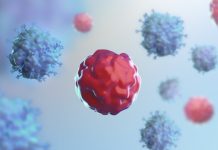
Rosie McDowell, an attorney at EIP shares her thoughts on gene patent reform and the potential impact it might have across the globe.
This year there has been quite some talk about patenting the discovery of new genes. The patency eligibility criteria for this is set to undergo major reform in the US, which is likely to have a huge impact on a number of companies offering genetic testing kits, including 23andMe and AncestryDNA. Here, McDowell of EIP, an IP and patent law firm, shares her thoughts on the reform and the potential far-reaching impact it might have in the world of genetics, gene patenting and beyond.
Gene patenting
The question of what should and should not qualify as patent eligible subject matter has, for several years, drawn sharp debate in the United States. Since 2012, the US Supreme Court has operated under the Alice/Mayo framework, which has sought to prevent patenting of abstract ideas and naturally occurring phenomena. This has had broad repercussions within the biotechnology sector and beyond; for example, resulting in the widespread proliferation of mail-order spit-kit operations like 23andMe.
Reform of the Alice/May framework has seen strong support from parts of the biotech industry, citing lack of investment as a barrier to greater research into diagnostic methods. However, a more general concern from stakeholders in the United States is that the unpredictability caused by the Alice/Mayo framework puts the US at a disadvantage compared to International competitors; particularly in respect of some of the most cutting-edge technologies, such as AI and molecular diagnostics. A lack of patent availability is allegedly driving investment to other countries, where such inventions are more clearly patent-eligible.
The biotech industry
Battle lines have been drawn between the biotechnology and software industries, with calls for less restrictive eligibility criteria coming from the former. The financial input needed to develop new technologies differs substantially between these industries. Lone inventors and small businesses in the software industry, with the ability to develop their products cheaply, felt stifled by overbroad patents granted to others before 2012.
Meanwhile, even small players in the biotech industry rely on high value investment before diagnostic and curative treatments can be brought to patients. Intellectual property protection is key to ensuring that investors in this sector feel secure that the vast sums of money they contribute will be recouped through effective commercialisation.
The Executive Director of Cleveland Clinic Innovations recently explained that: “Ability to gain patent protection is the first factor in our assessment of whether a product can reach the market; if an invention cannot get intellectual property protection, usually that is a fatal flaw and the invention is canned at that point”.
With this being a widespread stance in the pharmaceutical and diagnostics industries, it is easy to see how the current restrictions to patentability could lead to fewer treatments being developed in the US. What is more, Internationally, the US is no longer top of the list for biopharma companies launching their products; with companies citing inability to protect their ideas as a key reason for not entering the US market.
Genetic testing kits
On the other hand, there are those within the biotechnology sector who side with the software industry in favouring the status quo. Genetic testing companies have reaped the benefits of a restrictive patent eligibility criteria, which has resulted in the invalidation of patents to isolated gene products, and so removed the barriers to developing genetic testing kits.
Since 2013, aided by this provision, the cost of genetic testing kits has decreased significantly leading to a boom in popularity and numerous spit-kit companies have crowded the genetic testing market. This new Bill, if enacted, will likely prove problematic for US companies such as 23andMe, who offer customers the ability to test their DNA to uncover their ancestry or genetic vulnerabilities. Consequently, this might open the door for a widespread change in the industry.
The proposed Bill
The proposed Bill stuttered when a sticking point emerged during consultations with stakeholders. A last-minute amendment to 35 U.S.C. § 112F, which governs how patentees may claim their invention in functional terms (as opposed to reciting specific physical structures), has been criticised by members of the biotech industry for watering down patent protections.
The draft Bill provided that, if any patent claim element is ‘expressed as a specified function without the recital of structure, material, or acts in support thereof,’ then that claim element will be limited to the ‘corresponding structure, material, or acts described in the specification’ and their equivalents.
This was offered to assuage concern that overruling the patent-eligible-subject-matter case law would herald a return of ‘nuisance’ patents directed to business methods and software, which often contain functionally defined terms. However, rather than reassuring stakeholders in the software industry, the proposal seems to have succeeded mainly in frightening the biotechnology sector.
Several witnesses from both sides of the debate raised concerns about the burden that drafters and inventors will face from having to enumerate every way of carrying out a claimed method under the proposed amendment to § 112F.
Conflicting views on the draft proposal has meant that the initial momentum for reform has been lost for the time being. This will frustrate those in the biotech industry who are keen to see a return the ability to obtain patent protection for their products and processes, which they hope will boost research, and drive investment back into the United States.








